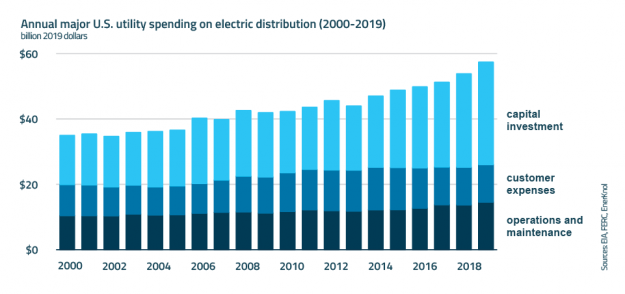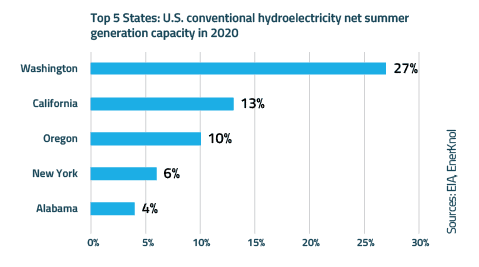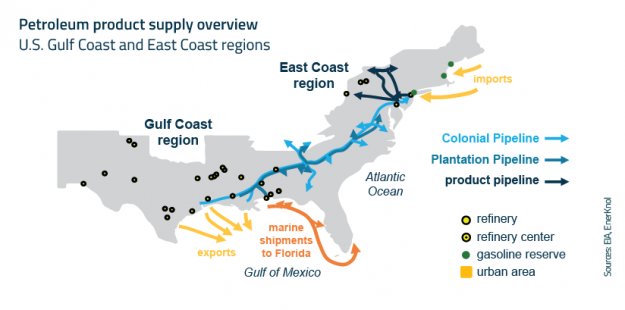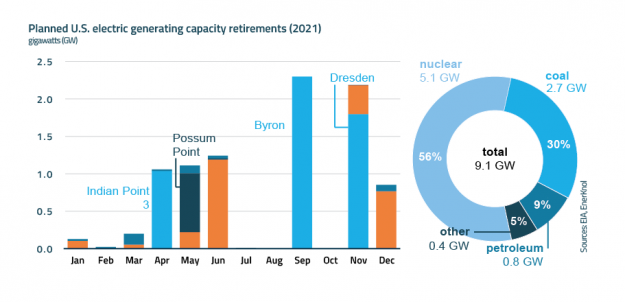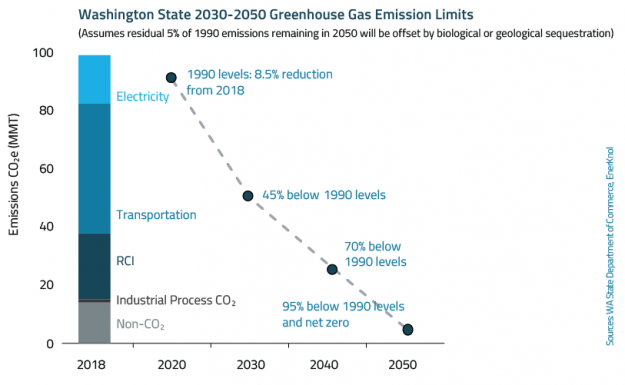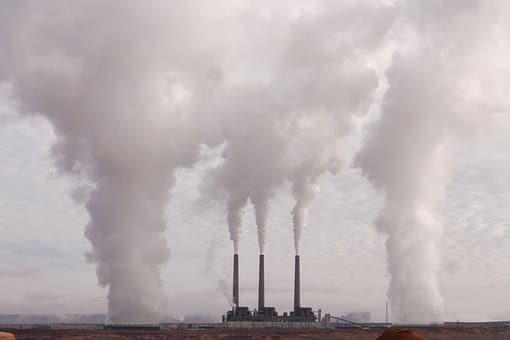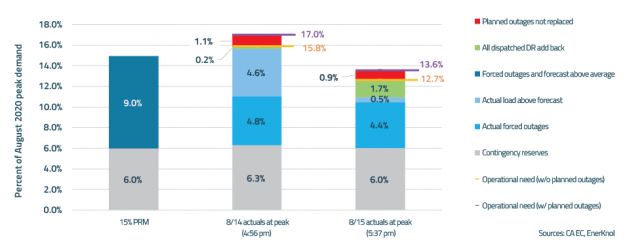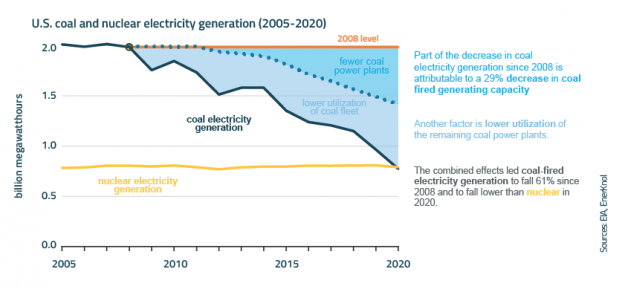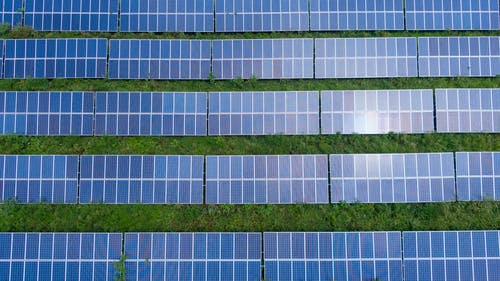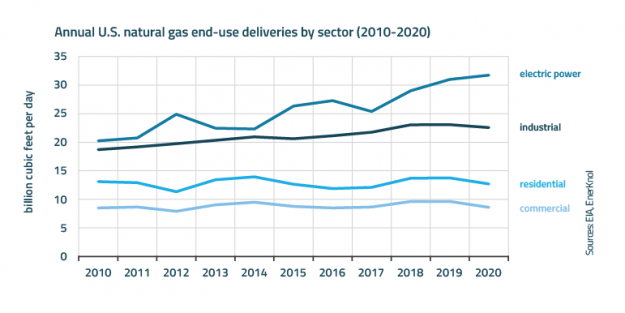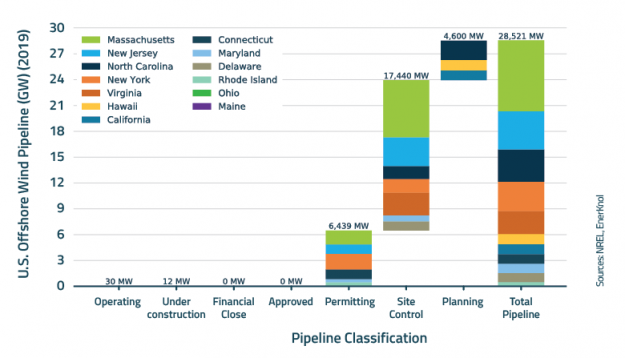D.C. Commission Pilots Multi-Year Rate Plan, Approves $108 Million Rate Hike for Pepco
The District of Columbia Public Service Commission on June 4 approved a multi-year rate plan for Potomac Electric Power Company, authorizing a revenue increase of $108.6 million spread over three years through 2023. The approval represents a 33 percent reduction from the company’s initial request and includes $11.4 million of shareholder-funded benefits. The rate plan,…...

